
Um… Hmm… Well…
Have you ever heard or used these words in a conversation? In linguistics, they’re called “filler words.” While they may seem meaningless, and while many associate them with uncertainty and nervousness, filler words can actually be useful. For example, they can help your speech sound more genuine and diplomatic, and even help you jump into a conversation.

Cantonese filler words have the potential to make or break a conversation, depending on when and how you use them. In this article, you’ll learn what the most common Cantonese filler words are and how to use them properly. Let’s dive in!
 Table of Contents
Table of Contents
- Filler Words Explained
- The Top 10 Cantonese Filler Words
- Pros and Cons of Filler Words
- Bonus: Cantonese Final Particles
- How CantoneseClass101.com Can Help You Learn More Cantonese
1. Filler Words Explained
Before going through our list of Cantonese filler words, let’s talk more about what filler words are and why we use them in the first place.
What are filler words?
In linguistics, filler words are sounds or words uttered in conversation to signal that the speaker needs time to think and is not yet finished speaking. Filler words are usually meaningless, and are also known as “fillers,” “filled pauses,” “hesitation markers,” or “planners.” Some common filler words in English are:
- Hm
- Ah
- Er
- Um
- You know
- Right
- Like
In Cantonese, common examples are:
- 即係 (zik1 hai6)
- 呢 (ne1)
- 誒 (e6)
Why do we use them?
There are plenty of reasons we use filler words:
1 – They can make the speaker sound more polite.
Imagine that someone has asked for a favor or invited you to a party. If you were to say “no” immediately without any filler words, you would probably appear rude. It would be much more polite to say something like: “Um, well, you know, sorry. I don’t think I can go.” In this way, filler words play an important role in politeness.
2 – They can help listeners catch up when the speaker is elaborating on complicated issues.
When you’re speaking of complicated matters, your listeners may have trouble understanding the subject matter if you go too quickly. Sometimes we unconsciously use filler words to help the listeners process what we’re trying to say.
3 – They can buy you a minute to think.
Have you ever run out of words or had your mind go blank? When you need time to think of what to say or how to phrase it, you can use filler words to “fill” the time gap.
4 – They can signal to others that you have not finished your points yet.
When you hear the word “well,” you know that the speaker has not finished yet. We use filler words to let others know that we’re not done speaking, and that even if we’ve paused for a second, we have more to say.
5 – They can add emphasis.
We can use filler words to grab listeners’ attention or to emphasize something. You could say, for example: “You know, this will eventually hurt you and put you in danger.” The filler at the beginning would stress the importance of what you’re about to say.
2. The Top 10 Cantonese Filler Words
1 – 即係 (zik1 hai6)
Function / Indication: “like” [used to add emphasis]
Example Dialogue
Person A:
- Chinese: 唔知點解會搞成咁。
- Romanization: m4 zi1 dim2 gaai2 wui5 gaau2 seng4 gam2.
- Meaning: I don’t know why it will end this way.
Person B:
- Chinese: 衰咗咪認囉,即係你又唔係第一次。
- Romanization: seoi1 zo2 mai6 jing6 lo1, zik1 hai6 nei5 jau6 m4 hai6 dai6 jat1 ci3.
- Meaning: You should just admit it if you’ve made a fool of yourself, like it’s not the first time.
2 – 誒 (e6)
Function / Indication: “oh” [indicates hesitation]
Example Dialogue
Person A:
- Chinese: 邊個食咗我啲朱古力?
- Romanization: bin1 go3 sik6 zo2 ngo5 di1 zyu1 gu1 lik1?
- Meaning: Who ate my chocolate?
Person B:
- Chinese: 誒,係我呀。
- Romanization: e6, hai6 ngo5 aa3.
- Meaning: Oh… it was me.

Who Doesn’t Want a Bite of Chocolate?
3 – 咁 (gam2)
Function / Indication: “if that’s the case,” “then” [indicates that you understood the other party; use it before replying or making suggestions based on what they’ve just said]
Example Dialogue
Person A:
- Chinese: 我唔想食牛肉麵。
- Romanization: ngo5 m4 soeng2 sik6 ngau4 juk6 min6.
- Meaning: I don’t want beef noodles.
Person B:
- Chinese: 咁一係我哋食雲吞?
- Romanization: gam2 jat1 hai6 ngo5 dei6 sik6 wan4 tan1?
- Meaning: Then how about wonton?
4 – 咁呀 (gam2 aa4)
Function / Indication: indicates you’re thinking (the “aa4” sound is usually prolonged)
Example Dialogue
Person A:
- Chinese: 我唔想食燒鵝。
- Romanization: ngo5 m4 soeng2 sik6 siu1 ngo2.
- Meaning: I don’t want to get roast goose.
Person B:
- Chinese: 咁呀,不如我哋食日本菜?
- Romanization: gam2 aa4, bat1 jyu4 ngo5 dei6 sik6 jat6 bun2 coi3?
- Meaning: Well…how about Japanese (cuisine) then?
5 – 其實呢 (kei4 sat6 ne1)
Function / Indication: “well”
Example Dialogue
Person A:
- Chinese: 我使唔使再減肥?
- Romanization: ngo5 sai2 m4 sai2 zoi3 gaam2 fei4?
- Meaning: Do you think I need to lose more weight?
Person B:
- Chinese: 其實呢唔使太誇張,唔係暴飲暴食我覺得無問題。
- Romanization: kei4 sat6 ne1 m4 sai2 taai3 kwaa1 zoeng1, m4 hai6 bou6 jam2 bou6 sik6 ngo5 gok3 dak1 mou5 man6 tai4.
- Meaning: Well, don’t exaggerate. I think you will be fine as long as you don’t eat like a horse.
6 – 咁呢 (gam2 ne1)
Function / Indication: “well” [indicates that you want to catch someone’s attention] (stronger than #5)
Example Dialogue
Person A:
- Chinese: 咁呢我就投咗票啦,你呢?
- Romanization: gam2 ne1 ngo5 zau6 tau4 zo2 piu3 laa3, nei5 ne1?
- Meaning: Well, I have voted. How about you?
Person B:
- Chinese: 我都投咗啦。
- Romanization: ngo5 dou1 tau4 zo2 laa3.
- Meaning: Me too.
7 – 嗯 (ng6)
Function / Indication: “understood” [indicates that you’re about to reply to what the other person’s saying; indicates you’re thinking]
Note: a short 嗯 is a “yes”; a prolonged 嗯 is a filler word
Example Dialogue
Person A:
- Chinese: 我想睇戲。
- Romanization: ngo5 soeng2 tai2 hei3.
- Meaning: I want to go watch a movie.
Person B:
- Chinese: 嗯,我睇吓聽日場次點。
- Romanization: ng6, ngo5 tai2 haa5 ting1 jat6 coeng4 ci3 dim2.
- Meaning: I will go check the tickets.
8 – 哦 (o5)
Function / Indication: “okay,” “fine,” “I will take your word for it”
Example Dialogue
Person A:
- Chinese: 我唔得閒呀。
- Romanization: ngo5 m4 dak1 haan4 aa3.
- Meaning: I am not free.
Person B:
- Chinese: 哦,好啦,咁算啦。
- Romanization: o5, hou2 laa1, gam2 syun3 laa1.
- Meaning: Okay, never mind.
9 – 唉 (aai2)
Function / Indication: “alas” [indicates you’re sad]
Example Dialogue
Person A:
- Chinese: 我失敗咗。
- Romanization: ngo5 sat1 baai6 zo2.
- Meaning: I failed.
Person B:
- Chinese: 唉,點會咁㗎。
- Romanization: aai2, dim2 wui5 gam2 gaa3.
- Meaning: Alas, how could that possibly have happened.
10 – 呣 (m2)
Function / Indication: indicates that you’re unsure or indecisive about something
Example Dialogue
Person A:
- Chinese: 我可唔可以做你女朋友?
- Romanization: ngo5 ho2 m4 ho2 ji5 zou6 nei5 neoi5 pang4 jau5?
- Meaning: Can I be your girlfriend?
Person B:
- Chinese: 呣,我諗諗。
- Romanization: m2, ngo5 lam2 lam2.
- Meaning: I will think about it.
3. Pros and Cons of Filler Words
Now that you’ve learned the most common Cantonese filler words, how often should you use them and when is it appropriate? To answer these questions, let’s take a look at the pros and cons below.
You can use filler words to sound like a local…

When you start using filler words, it will instantly increase how “authentic” you sound. Some people might not even realize it, but it will have an effect on how they perceive you and your speech.
If you’ve attained a beginner or intermediate level of Cantonese, using fillers will make you sound a bit cooler and might boost your confidence. As an advanced learner, you’re getting one step closer to truly blending in; if your pronunciation is good enough, you could even start fooling your new local friends by sounding just like a native Cantonese speaker.
- → Want more phrases to make you sound like a natural? See our vocabulary lists of the Essential Idioms That Will Make You Sound Like a Native Speaker and Essential Vocabulary for Talking About the Language!
…but you shouldn’t overuse them.

However, this is a double-edged sword. If you overdo it, it might make you sound too hesitant or less confident. If you’re being interviewed or presenting to your clients, constantly mumbling 誒 (e6) doesn’t make a good impression.
The rule of thumb is: Only use filler words when they’re needed.
4. Bonus: Cantonese Final Particles
In Cantonese, we have a special type of word that is similar to filler words: final particles. Final particles are also meaningless when used by themselves, but when placed at the end of a sentence or a question, they indicate the mood or attitude of the speaker and make the speech more colloquial. Here are the top 5 Cantonese final particles:
1 – 呀 (aa3)
Function / Indication: indicates enthusiasm and friendliness (usually in a softer tone), or a sarcastic retort
Example Sentence
- Chinese: 係我呀。
- Romanization: hai6 ngo5 aa3.
- Meaning: “It’s me.”
2 – 喇 (laa3)
Function / Indication: “already” [indicates an exclamation with an emphasis on the past]
Example Sentence
- Chinese: 佢返咗屋企喇。
- Romanization: keoi5 faan1 zo2 uk1 kei2 laa3.
- Meaning: “He already got back home.”
3 – 嘅 (ge3)
Function / Indication: indicates humbleness or understanding; emphasis on raising the fact in a subtle way
Example Sentence
- Chinese: 唔係是必要你講嘅。
- Romanization: m4 hai6 si6 bit1 jiu3 nei5 gong2 ge3.
- Meaning: “You are not obliged to say anything unless you wish to do so.”
4 – 㗎 (gaa3)
Function / Indication: emphasis on a fact being raised
Example Sentence
- Chinese: 得㗎。
- Romanization: dak1 gaa3.
- Meaning: “It can be done.”
5 – 囉 (lo1)
Function / Indication: indicates discontentment or sarcasm
Example Sentence
- Chinese: 我錯囉。
- Romanization: ngo5 co3 lo1.
- Meaning: “Fine, I was wrong.”
5. How CantoneseClass101.com Can Help You Learn More Cantonese
Do you want to take your Cantonese to the next level after learning these Cantonese filler words? With CantoneseClass101.com, you can have your daily dose of Cantonese whenever and wherever you want, through mobile apps, desktop software, and our website. We offer entertaining, engaging, and effective lessons on various aspects of the Cantonese language and culture.

Until now, we’ve delivered more than 750,000,000 lessons to thousands of happy students from all around the globe. You can learn Cantonese with over 1060 audio and video lessons delivered by our knowledgeable and energetic hosts, detailed PDF lesson notes, an abundance of vocabulary learning tools, spaced repetition flashcards, and a lively community to discuss the lessons with fellow learners. What are you waiting for? Download our lessons, enjoy our audio and video files, and start learning now!
And keep in mind that if you prefer a one-on-one learning approach and want to further accelerate your Cantonese learning, you can take advantage of our MyTeacher program.
Know that your hard work will pay off, and before you know it, you’ll be speaking Cantonese like a native.
Before you go, let us know in the comments which filler words are common in your native language. We look forward to hearing from you!





















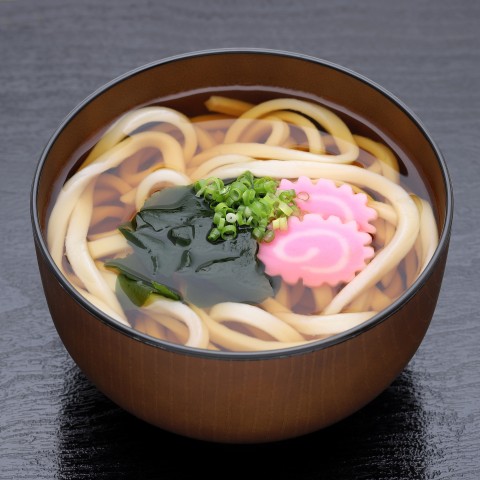


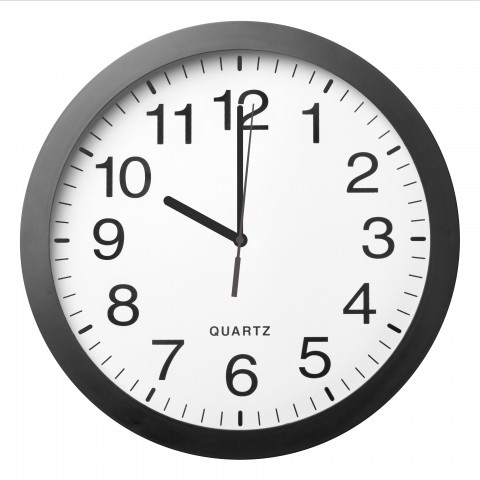













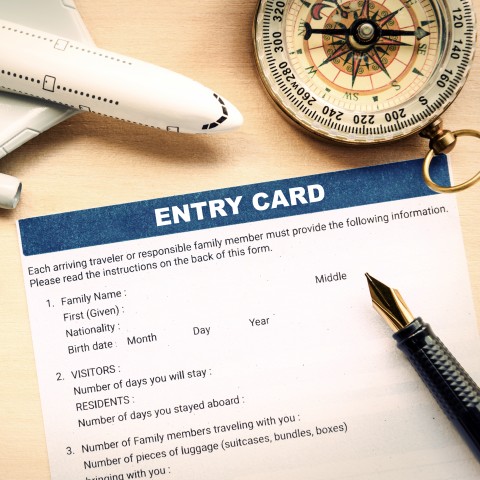




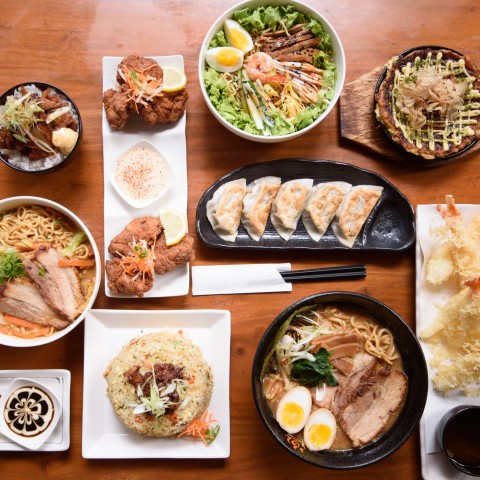


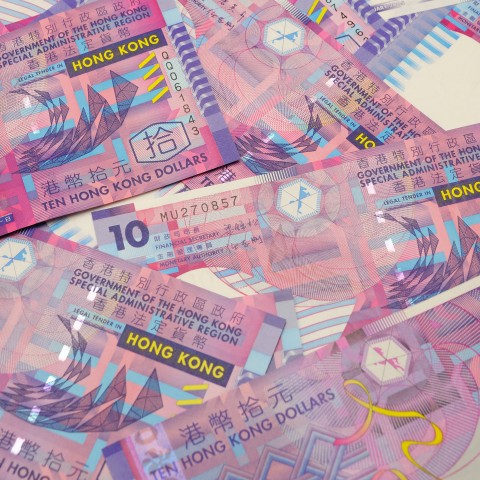







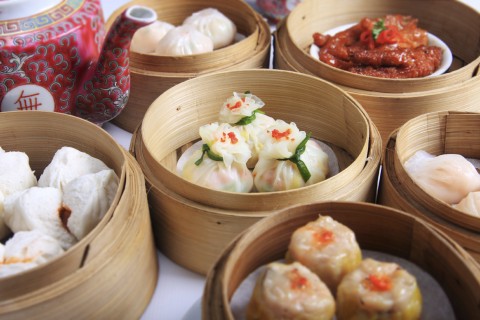





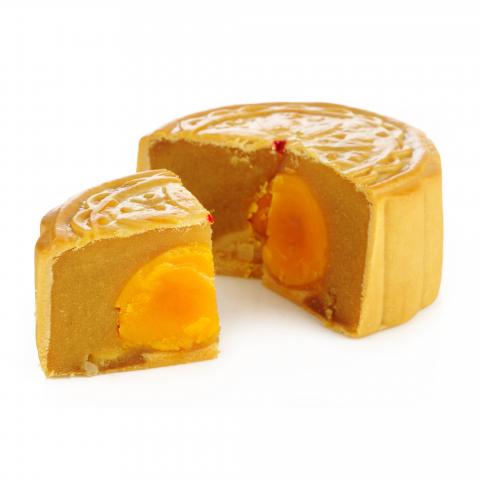




 Table of Contents
Table of Contents
















